We visit a fully automatic logistics hub in Germany

You can’t read a press release in 2017 without mentally editing out buzzwords such as ‘lean’, ‘just in time’ and ‘finding efficiencies’and in some ways you can see why. In these times of giant trading groups and service in which next day delivery might as well be a month, if your business involves pushing boxes, then you need to find the best way to do it.
For the Ferdinand Bilstein Group in Germany this meant automation. While it is based on or around the site on which it was founded in Victorian times, there is nothing old fashioned about the firm’s main logistics hub in Ennepetal, Germany as it features a huge and fully automatic plant building to store and push out in the region of 130,00 SKUs every day.
Efficiency was clearly the deciding factor when the firm chose to build an automated warehouse, but it is also worth noting that Ennepetal is very hilly so physically building a manual-pick warehouse with the capacity that the firm needs would be very difficult as a great deal of extra land is needed to make up for the lack of height.
A deal was done with a firm called Witron Integrated Logistics Corp., headquartered in Parkstein, Germany to develop and act as contractor to build, commission and maintain the hardware, known as Automated Storage and Retrival Systems. This wasn’t the first venture for Bilstein Group with Witron as a smaller operation had been commissioned elsewhere on the Ennepetal site a few years previously. That first project was a four-aisle tote (as the crates that are used on such systems are known) picking solution proved to be extremely successful and is still in operation.
Given the success of the first project, the new machinery was ordered and put into commission around five years after the first.
EXPERIENCE
It is one thing to describe an automatic warehouse on paper, but it is entirely different to see it running in front of your eyes. As you can see in the stats, the main part of the warehouse is much higher than is usual, as there is no need for regular fork lift trucks because robotic cranes are built in to each aisle and can access each tote location as quickly and as easily as finding a cell on a spreadsheet. There can be no people inside the aisles while the machine is running – indeed there can’t be because an automatic stop is built into a high metal gate that prevents anyone getting too near the hardware. This meant that the robots can run at very high speed in safety across the grid of 227,000 double-deep tote locations.
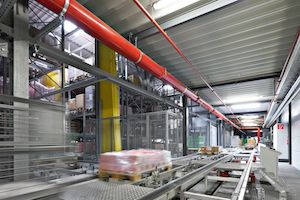
Another point to note is the lights – or lack of them. These installations are often referred to as ‘dark warehouses’ because there is no need for artificial light, and in this case the large storage space really does look like night. An algorithm dictates the location of each tote-contained item and this will be automatically updated if the order frequency changes for example. There is no need for human intervention.
Alongside the tote picking machinery, there is a row of machines dealing with palletised storage. Using a similar logic system, there is room for some 61,000 pallets also stored double deep.
After the robot has selected the pallets, they roll on conveyors to modular packing stations known as ‘pick to light’. A (human) picker takes the number of items displayed on a lightbar in front of them out of the pallet. They then push a button and the pallet rolls away for the machine to take it back to its storage location, while the next pallet is dispatched to the picker.
PACKING KIT
Another major part of the business is repacking bulk products into kits – timing belt kits, for example. As anyone who as ever been on the tools will testify, there is nothing more annoying than finding at the critical point that there is an incorrect or missing part from the kit. At Bilstein, automation has meant that this is all but impossible as the system weighs each kit for any discrepancies. There’s no need for the workers to go rummaging around for the parts needed to make each kit either, as the tote-picking machines mentioned earlier deliver all the crates needed to a number of stations in a process known as ‘goods to person’. After picking the items needed, the product tote zooms away on the rollers, to be followed by the next tote until the order is complete.
There is much more that could be written about the details of an automated warehouse, and this is only a brief insight as we saw and understood the machinery – undoubtedly a representative of the company could do a much better job of explaining it’s intricacies. Fortunately, you may get to see a similar system in the UK as Bilstein Group has commissioned similar equipment to be installed at its new project under construction in Markham Vale. We look forward to bringing you the full details soon.

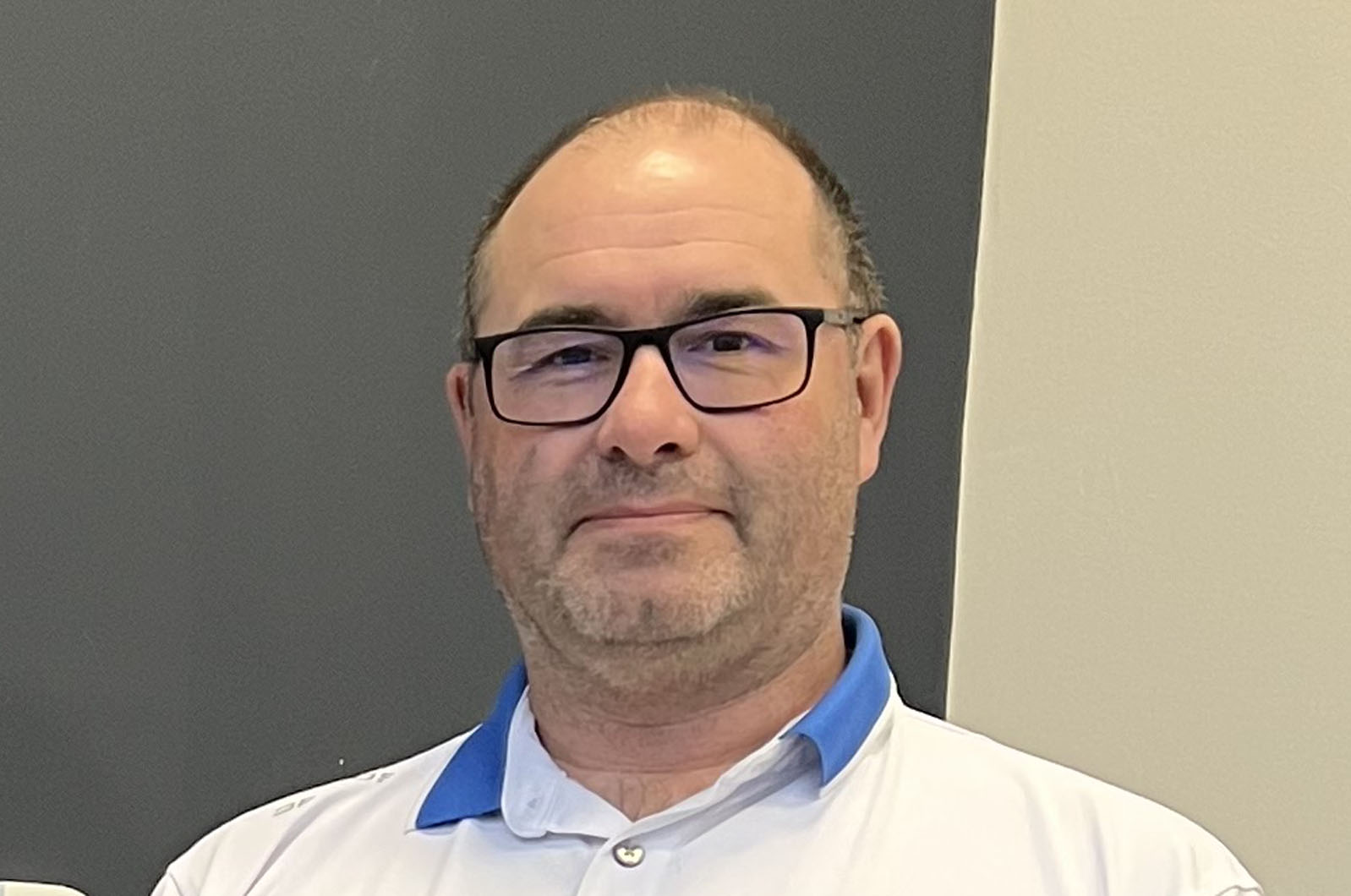
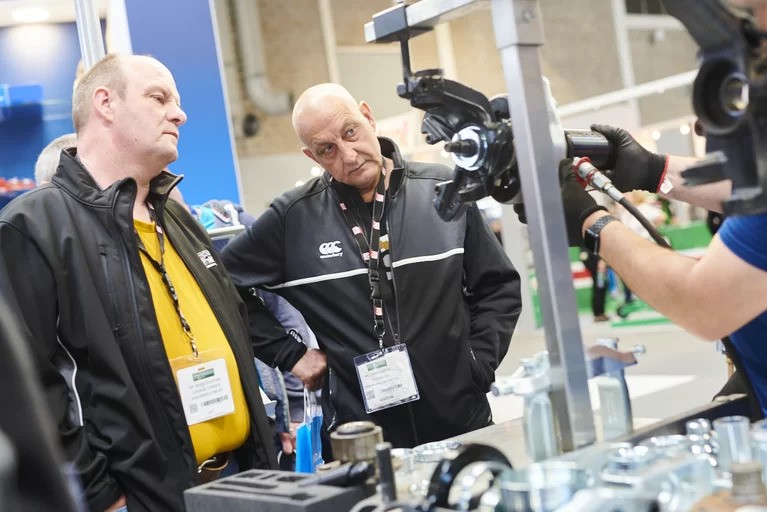
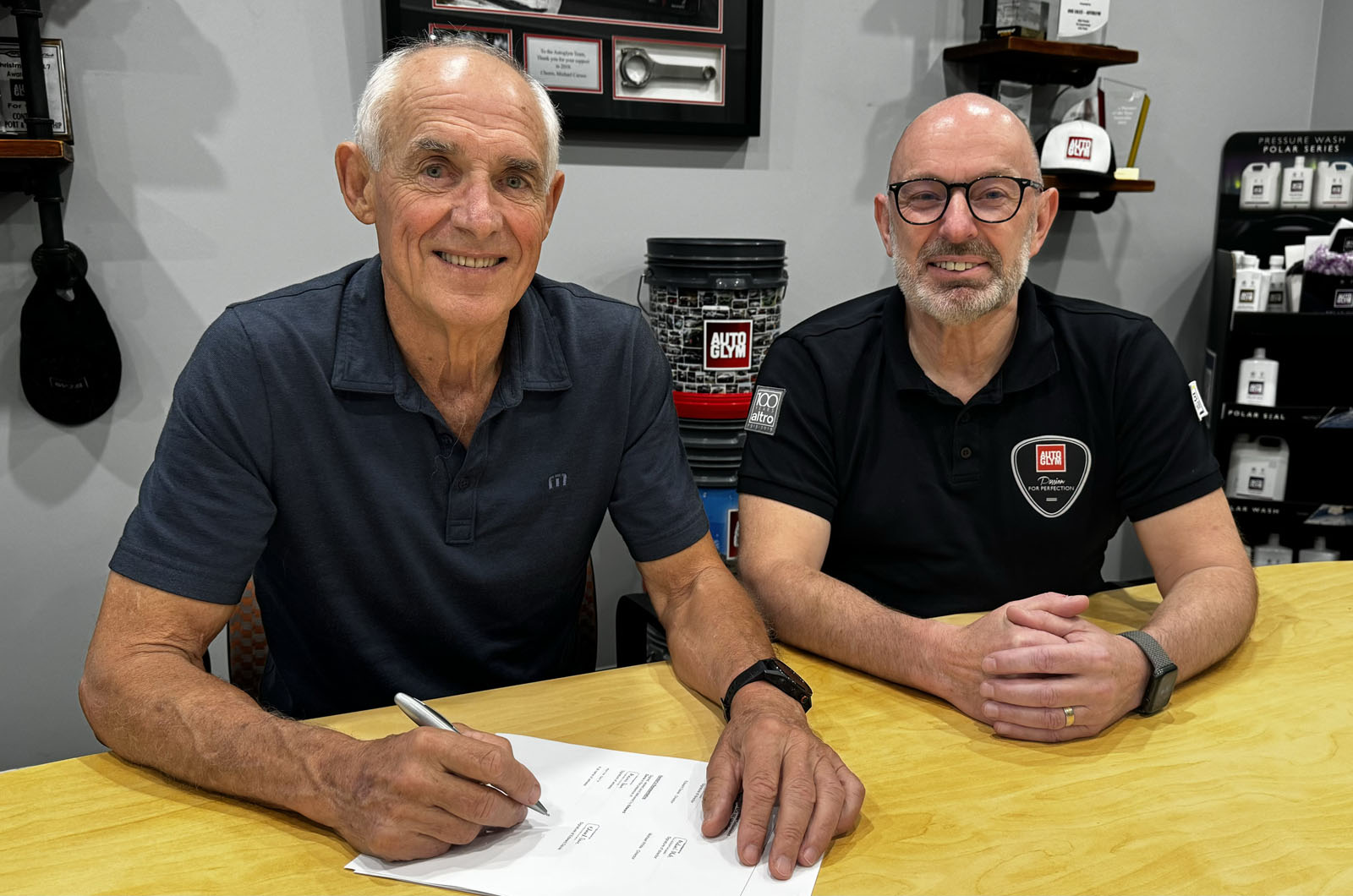
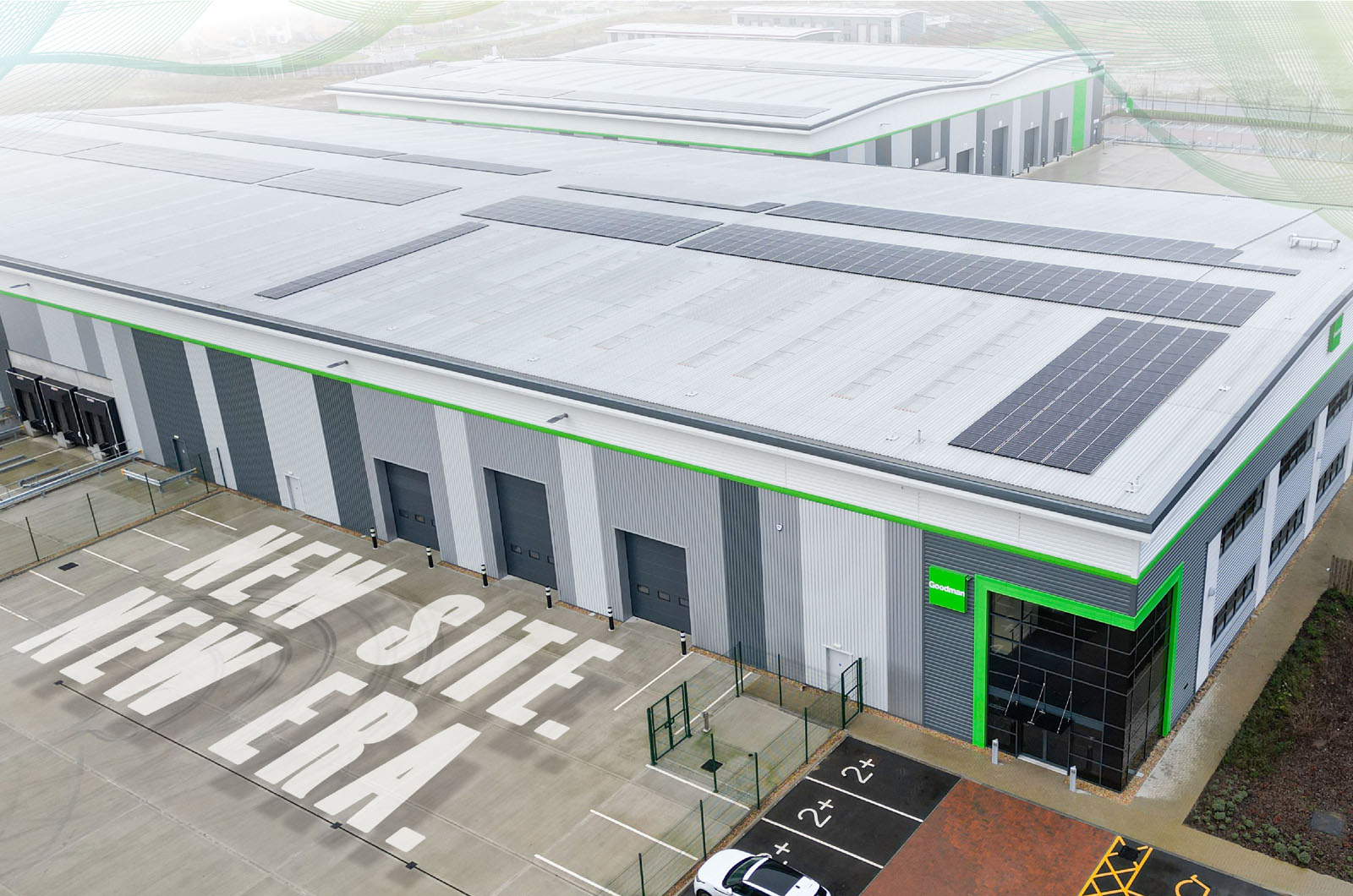
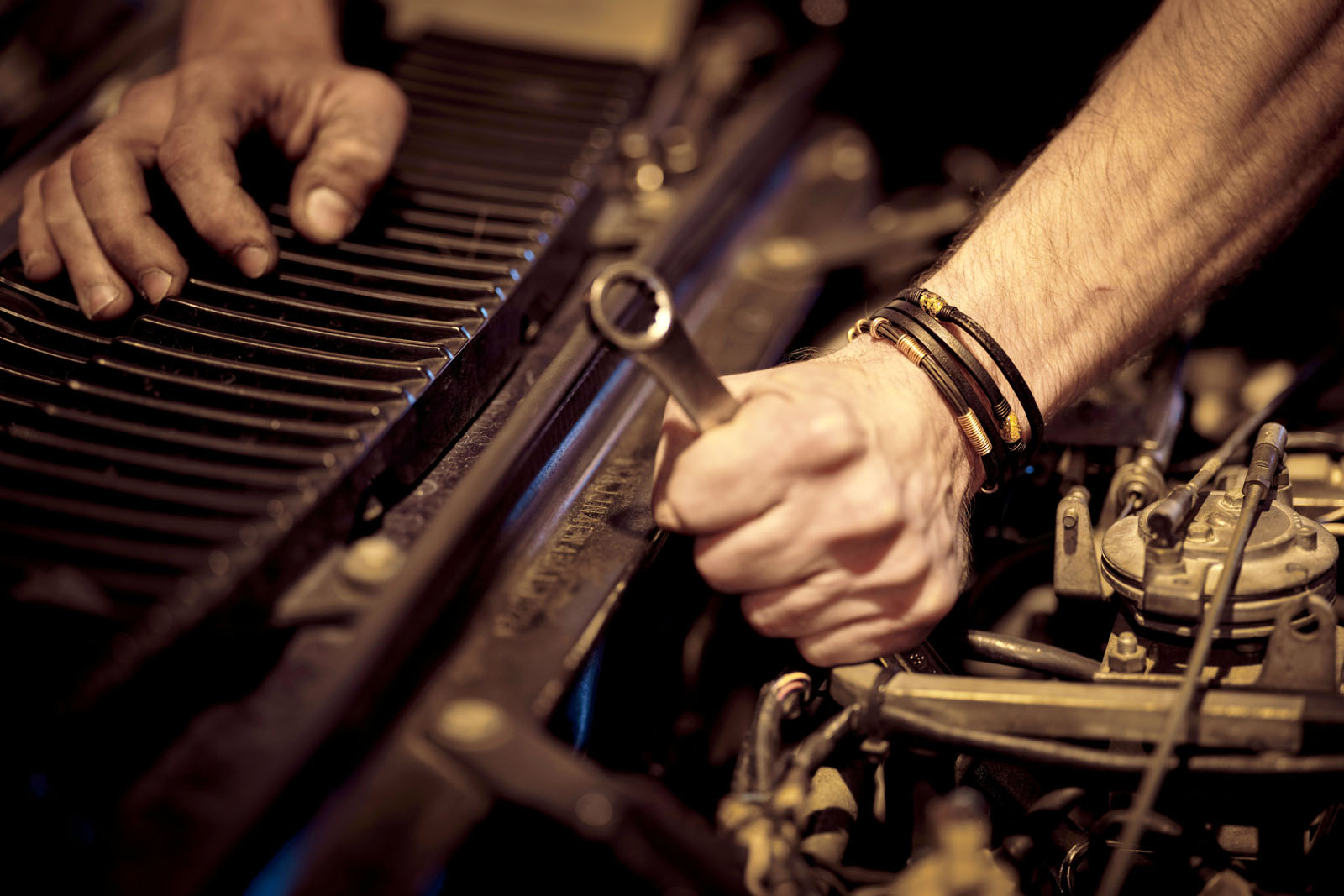




Go to comments